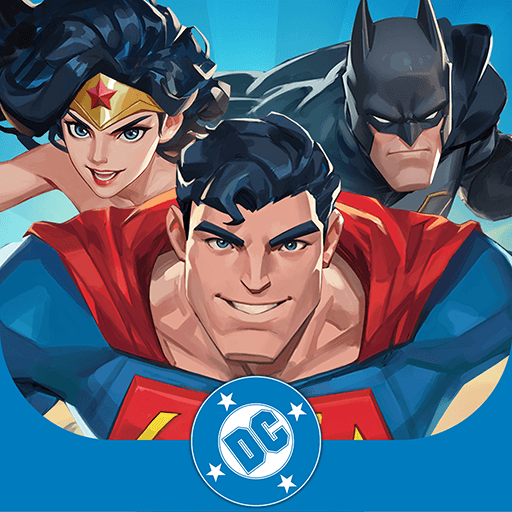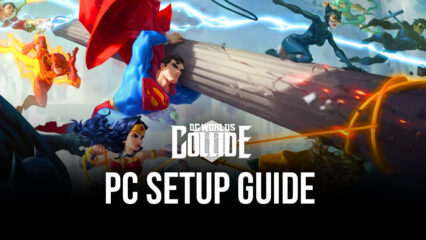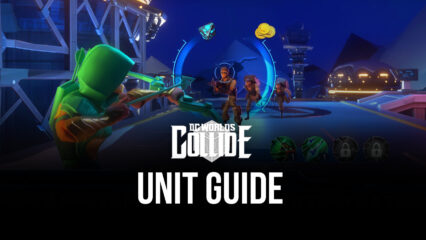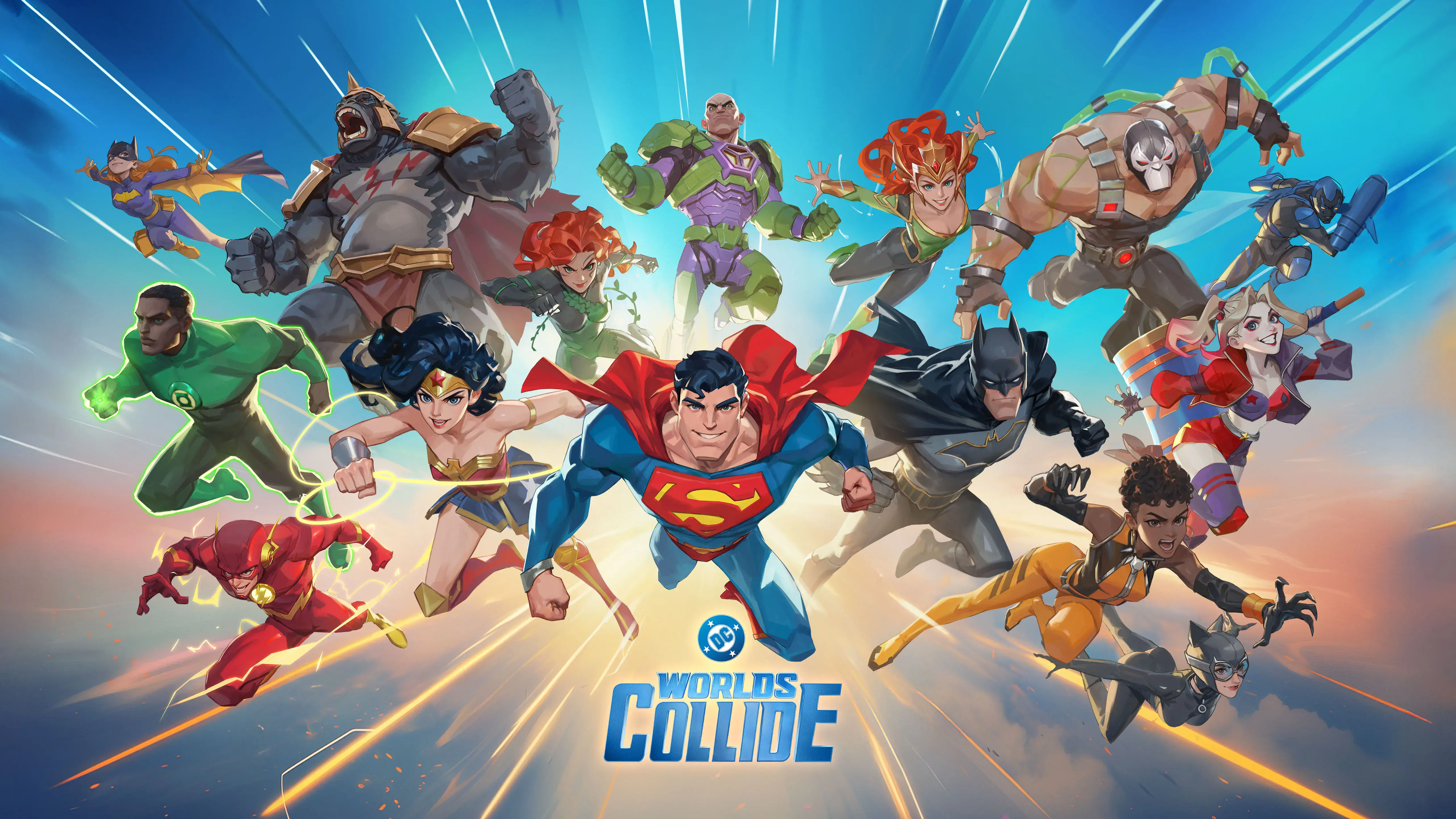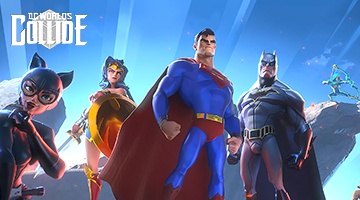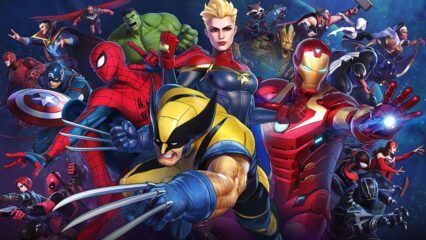The Ultimate Team Building Guide to DC Worlds Collide
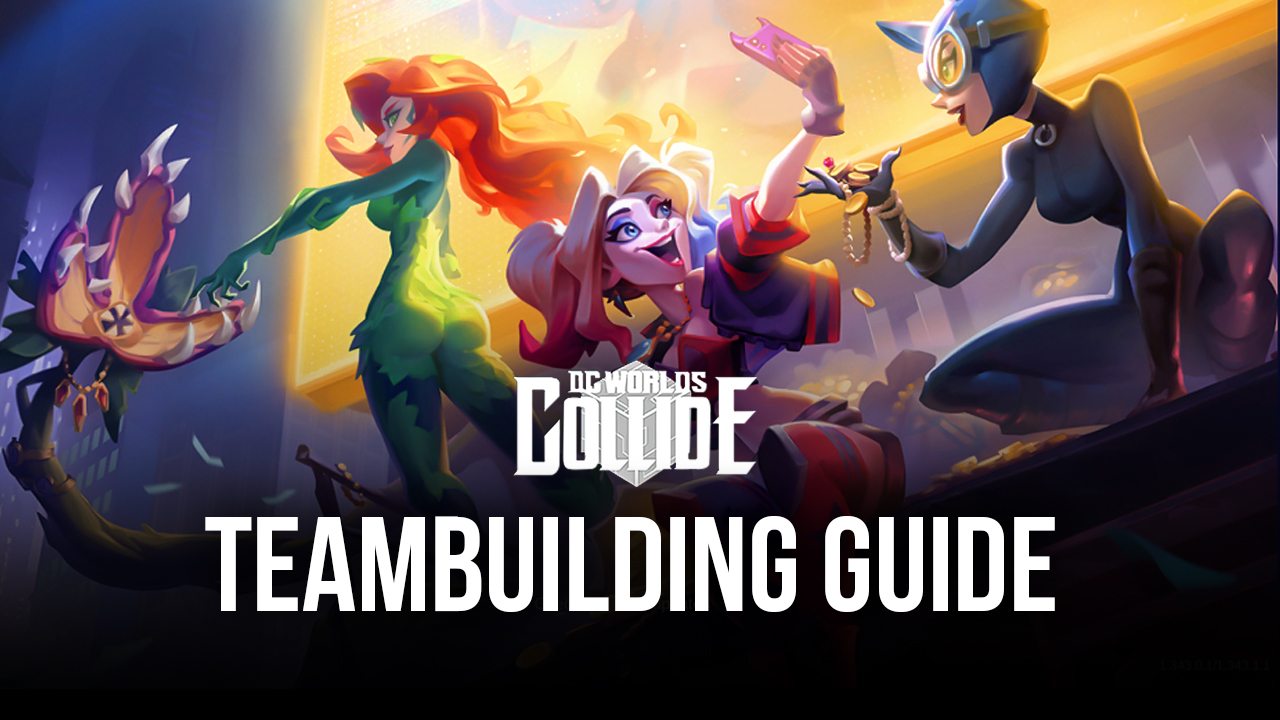
In DC Worlds Collide, forming a good team is critical for going through story missions, PvP arenas, and endgame events. With an ever-expanding pool of legendary DC heroes and villains, each with their own skills, responsibilities, and synergies, understanding how to assemble effective teams is critical to maximizing your performance. This guide explains the core thinking behind team building, character roles, synergies, and shares methods for dominating any game style. Let’s begin!
Understanding Roles and Archetypes of Heroes and Villains
Every character in DC Worlds Collide falls into a specific role: Tank, Support, Damage Dealer (DPS), Control, or Hybrid. Knowing what each role does and how they interact is foundational to creating balanced and powerful teams. A well-rounded team generally includes at least one tank, one support, one main DPS, and one controller or secondary DPS. Learn more about what each role offers, along with some examples:
- Tanks (e.g., Superman, Bane): Absorb damage, protect allies, and often apply taunts or debuffs to redirect enemy focus.
- Supports (e.g., Zatanna, Wonder Woman): Provide healing, shields, buffs, or debuff removal. Essential for long fights.
- Damage Dealers (e.g., The Flash, Cheetah): Deal high single-target or AoE damage. Your main source of burst damage.
- Controllers (e.g., Sinestro, Poison Ivy): Specialize in crowd control—stunning, freezing, or debuffing enemies to control the pace of battle.
- Hybrids (e.g., Batman): Offer a mix of roles—damage and support, or tank and control—providing flexibility.
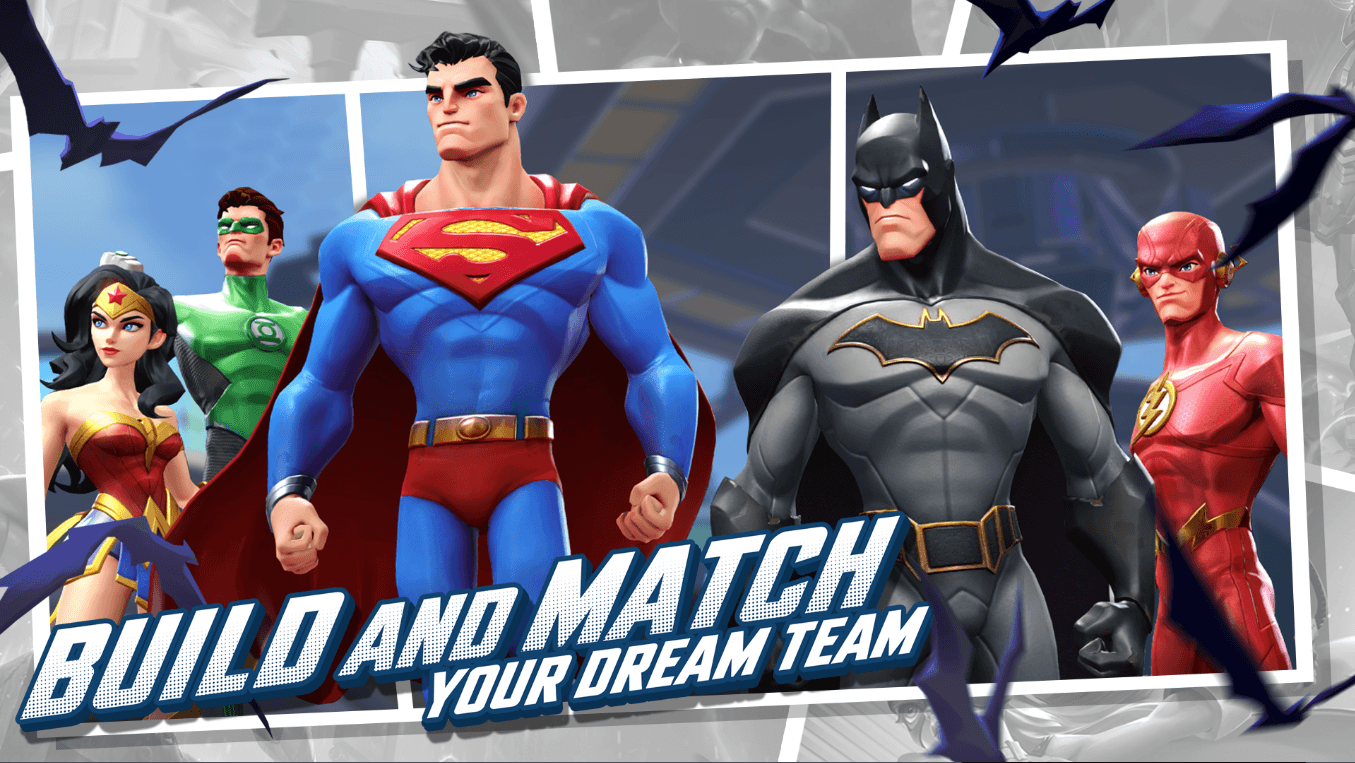
Elemental Affinity Plays a Huge Role in Combat
Each character also belongs to an element: Red, Green, Blue, or Yellow (Legendary/Neutral). These elements have a rock-paper-scissors dynamic:
- Red beats Green
- Green beats Blue
- Blue beats Red
- Yellow is neutral to all
When building your team, take enemy affinities into account. For example, facing a lineup heavy in Green units means bringing Red attackers will give you the upper hand. Always aim for elemental advantage in tougher stages to boost your damage and survivability.
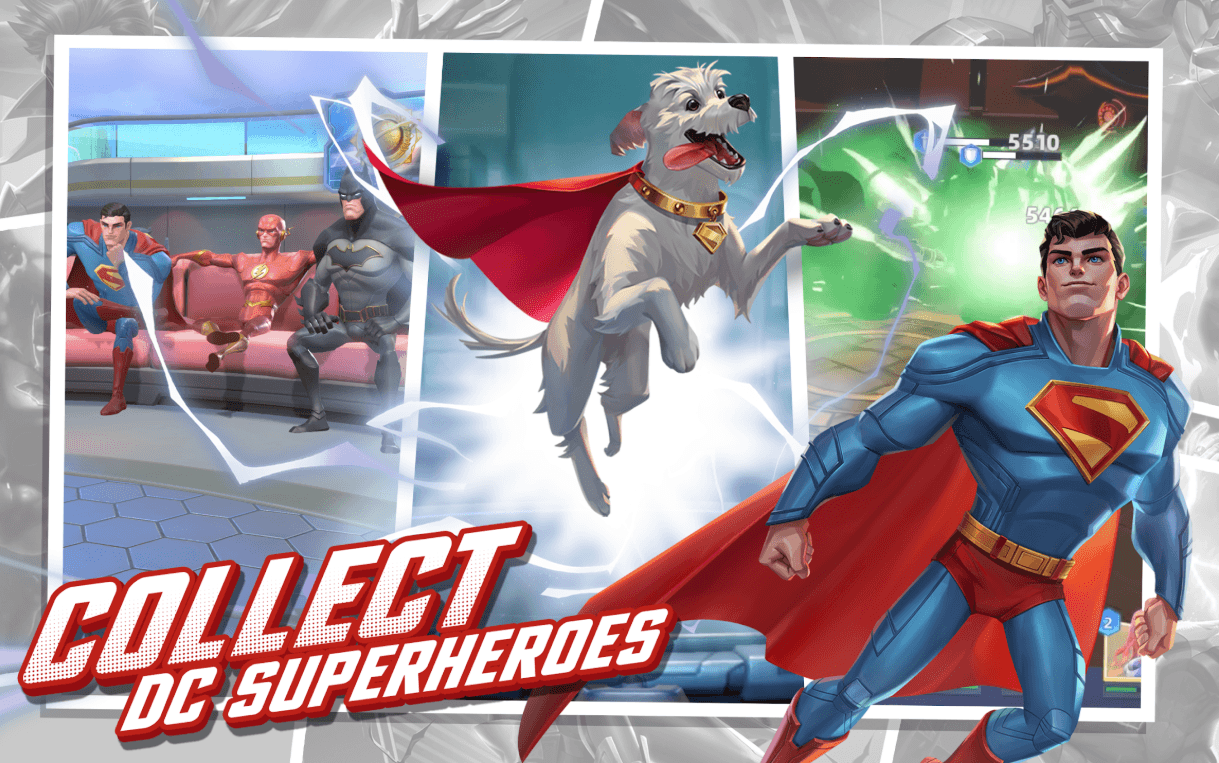
Build a Team Around your Carry
Your primary carry, the main damage dealer, should be the foundation of your squad. Everything else should be chosen to help, protect, or allow this carrier to inflict consistent damage. Strong early-game carries include:
The Flash: Lightning-fast AoE damage and speed advantage.
Harley Quinn: Great single-target damage with bleed effects.
Shazam (Hybrid): Buffs and burst in one package.
Once you choose your carry, the rest of your team should amplify them. This might mean:
- A Tank like Superman to draw aggro and absorb hits.
- A Support like Zatanna to heal and cleanse.
- A Controller like Poison Ivy to lock down enemies.
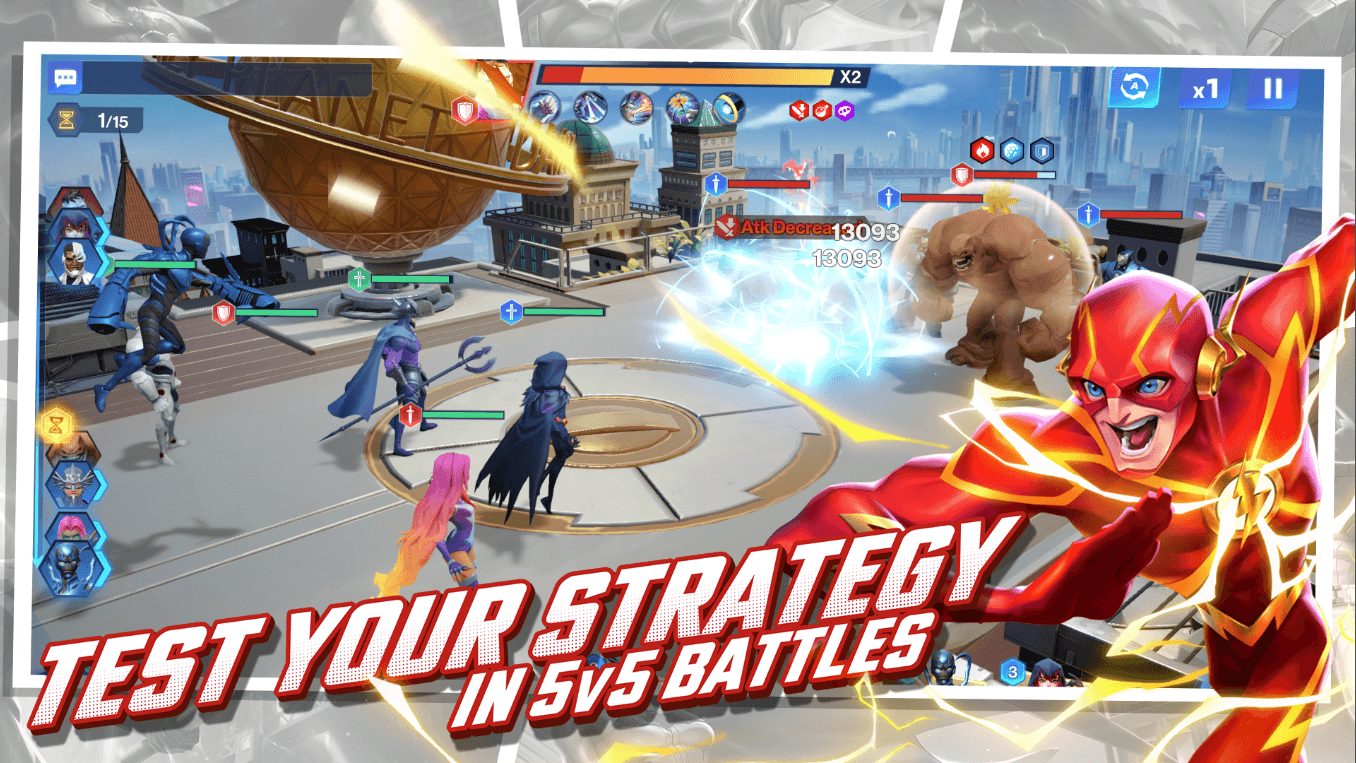
Explore Synergies and Combos with Different Heroes
Some characters work exceptionally well together due to passive synergies or skill-based interactions. These combinations can boost effectiveness far beyond what individual stats suggest. For example:
- Batman and Robin make a deadly pair, with Robin buffing Batman’s speed and critical rate.
- Zatanna and Constantine can combine magical damage buffs with powerful debuffs for devastating spellcasting synergy.
- Joker and Harley Quinn play off each other’s chaos mechanics and DoT damage to overwhelm enemies.
Players can enjoy playing DC Worlds Collide on a bigger screen of their PC or Laptop via BlueStacks along with your keyboard and mouse.
Keep progressing in DC Worlds Collide with our other in-depth guides:

